President Trump announces ‘one flag policy,’ banning LGBTQ pride flags at government buildings
In a significant move that has sparked widespread debate, former President Donald Trump has announced the introduction of a “One Flag Policy,” effectively banning LGBTQ pride flags from being displayed at U.S. government buildings. The policy, which aims to promote national unity and a consistent representation of American values, has already drawn sharp criticism from LGBTQ+ rights groups, while receiving support from certain conservative factions. As the policy takes shape, it continues to fuel discussions on the intersection of government, freedom of expression, and social equality in the U.S.
The announcement of the “One Flag Policy” is part of Trump’s broader stance on what he describes as a need for restoring “traditional American values.” According to a statement released by Trump’s office, the policy mandates that only the American flag will be allowed to fly at government facilities, including embassies, federal offices, and military installations. This move is being framed by Trump as a way to ensure that the American flag remains the sole symbol representing the country’s values and unity, devoid of any divisive symbols. The policy has caused a stir, especially given its direct impact on the LGBTQ+ community, who have long used pride flags as a symbol of equality, inclusion, and visibility.
The Impact of the “One Flag Policy” on LGBTQ+ Rights
LGBTQ+ advocates have voiced their concerns about the potential harm the “One Flag Policy” could cause to the visibility and recognition of the community’s ongoing struggles. For many, the pride flag is not just a symbol of celebration but also of activism and a tool to raise awareness about the discrimination and injustices faced by LGBTQ+ individuals. The decision to ban pride flags from government buildings, according to these advocates, represents a rollback of progress made in recent years and sends a message of exclusion rather than acceptance.
Organizations such as the Human Rights Campaign (HRC) have criticized the policy as a direct attack on the rights of LGBTQ+ citizens, particularly in a year that marks significant milestones in LGBTQ+ rights advancements. The decision to prohibit pride flags from being flown alongside the American flag could be seen as diminishing the importance of inclusion and equality in the public sphere. Many fear it signals a shift toward less recognition and visibility for marginalized communities within government spaces.
Furthermore, critics argue that the move undermines the values of diversity and freedom that are enshrined in the American Constitution. The right to express one’s identity, whether through clothing, speech, or symbolism like flags, has long been considered an integral part of American freedom. By imposing such restrictions, the “One Flag Policy” could be viewed as stifling free expression and the representation of diverse communities in government spaces.
Supporters of the ‘One Flag Policy’ Claim It Reinforces American Unity
On the other side of the debate, many supporters of the “One Flag Policy” argue that it is a necessary step to reaffirm the unity of the nation. Trump’s proposal emphasizes that the American flag, with its history and symbolism, is the only flag that should represent the values of the United States at official government institutions. Proponents believe that allowing other flags, such as the LGBTQ+ pride flag, to be flown alongside the American flag could dilute the strength of national identity and create divisions within society.
According to Trump and his supporters, the “One Flag Policy” is meant to remind citizens of the importance of the American flag as a symbol of unity and patriotism. They argue that, while individuals and groups have the right to express their personal beliefs and affiliations, government buildings and institutions should remain neutral and focused on upholding the common values that unite the country.
Some conservatives also see this move as an effort to restore what they perceive as a loss of traditional values in American culture. The LGBTQ+ pride flag, to them, represents a specific political and social agenda that they believe should not be publicly endorsed by government institutions. In their view, the American flag should remain the dominant symbol of national pride, and any attempt to alter this could risk further fragmentation of the nation’s shared identity.
The Role of Government and Free Speech in Controversial Policies
The controversy surrounding the “One Flag Policy” raises important questions about the role of government in regulating public symbols and the intersection of free speech and government endorsement. While the U.S. Constitution protects the right to free speech, including the right to display certain symbols, the policy in question places limits on where and how certain symbols can be displayed at federal institutions. This could be interpreted by some as an infringement on the right to express one’s identity or beliefs through symbols like flags.
However, others argue that the government has the right to set certain standards for the display of flags at public buildings in order to maintain uniformity and prevent the promotion of specific causes or ideologies. By implementing the “One Flag Policy,” the Trump administration might be framing the issue as one of maintaining neutrality in government spaces and ensuring that the American flag remains the focal point of national pride.
As the debate continues to unfold, many are questioning whether such a policy is truly in line with the principles of freedom and equality that the United States prides itself on. While some believe the “One Flag Policy” is a necessary step to uphold national unity, others see it as an infringement on the rights of marginalized communities to be seen and represented in the public sphere.
The Future of the ‘One Flag Policy’
The “One Flag Policy” is set to be implemented at federal facilities across the country, but its ultimate fate will depend on the political climate and ongoing legal challenges. As of now, it remains unclear whether this policy will be met with enough public resistance to force a reversal or modification. Furthermore, many are questioning whether such a policy will have any lasting impact on the overall trajectory of LGBTQ+ rights in the United States.
For now, the debate rages on, and it is clear that this issue will continue to be a point of contention in American politics. Whether the “One Flag Policy” will lead to greater division or push the nation toward a more unified future remains to be seen. What is certain, however, is that the conversation about the role of symbols, identity, and government endorsement of certain causes is far from over.
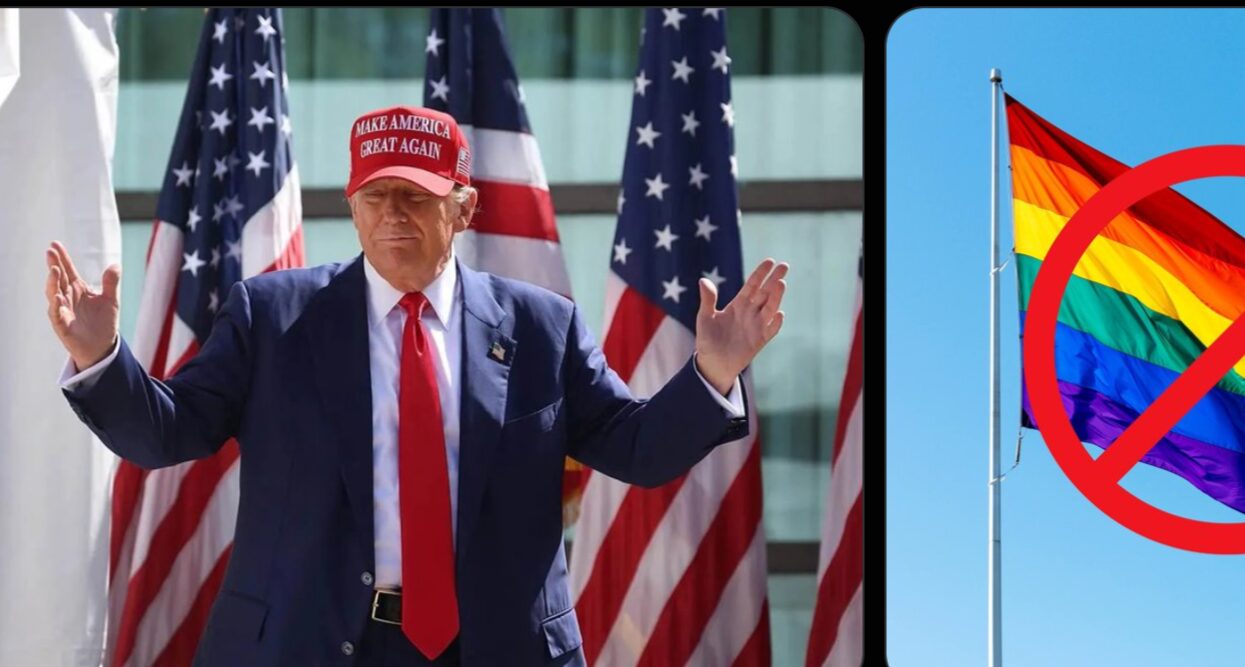
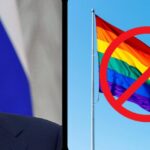

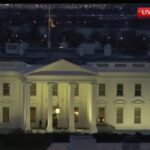
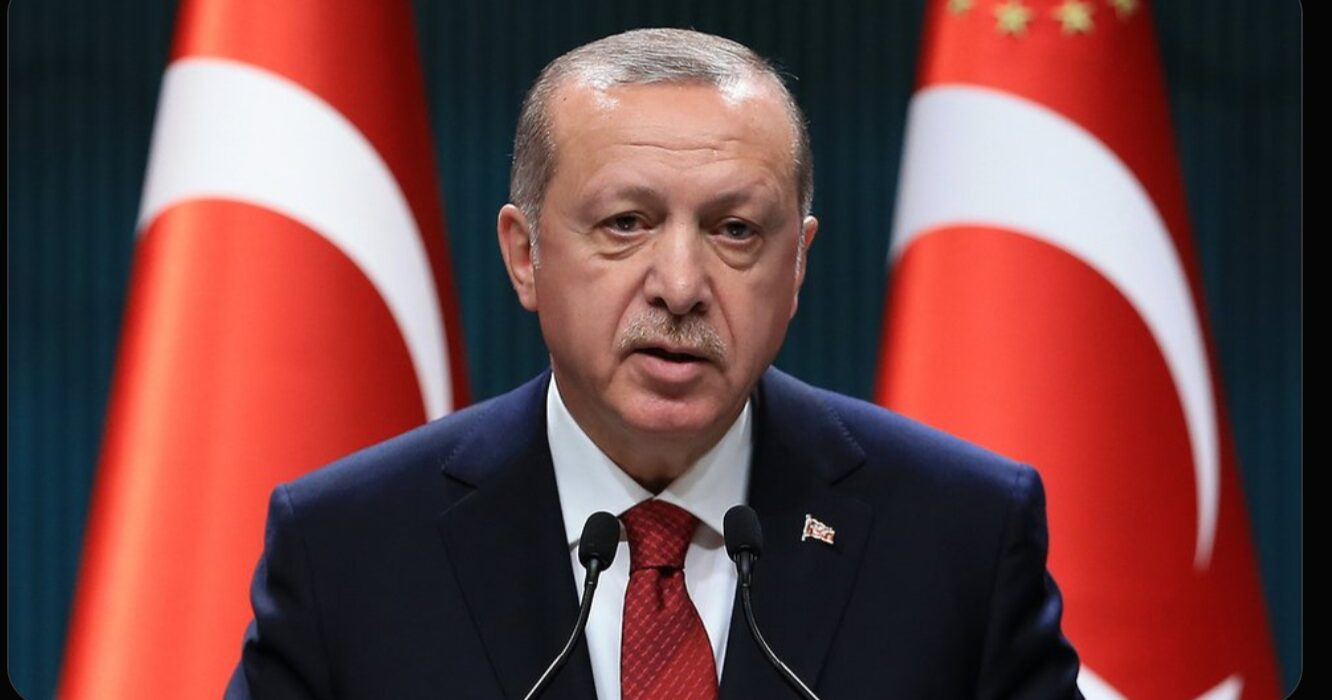
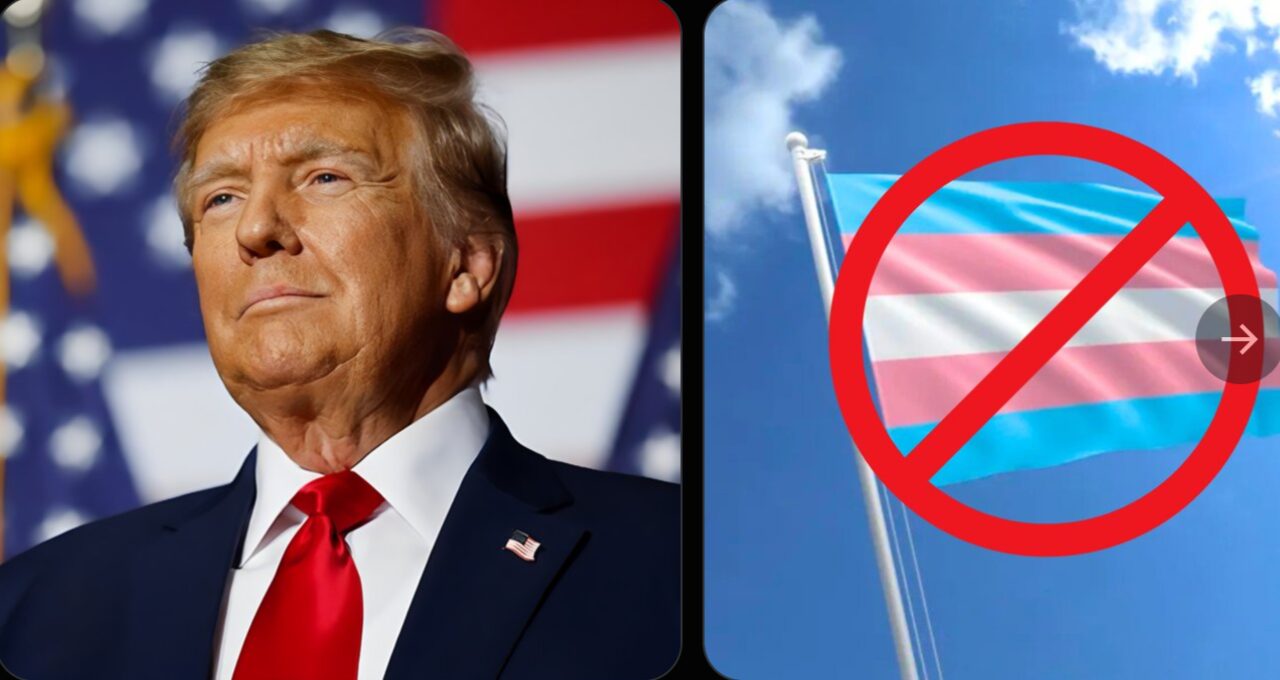
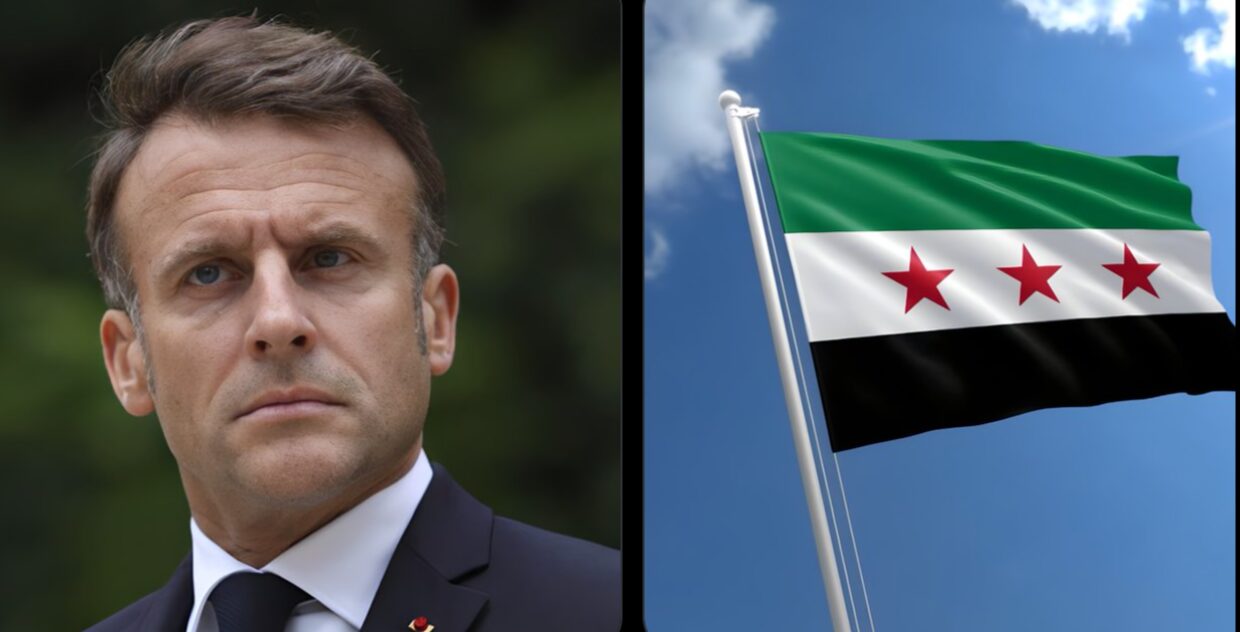
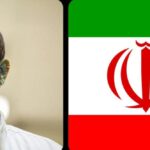

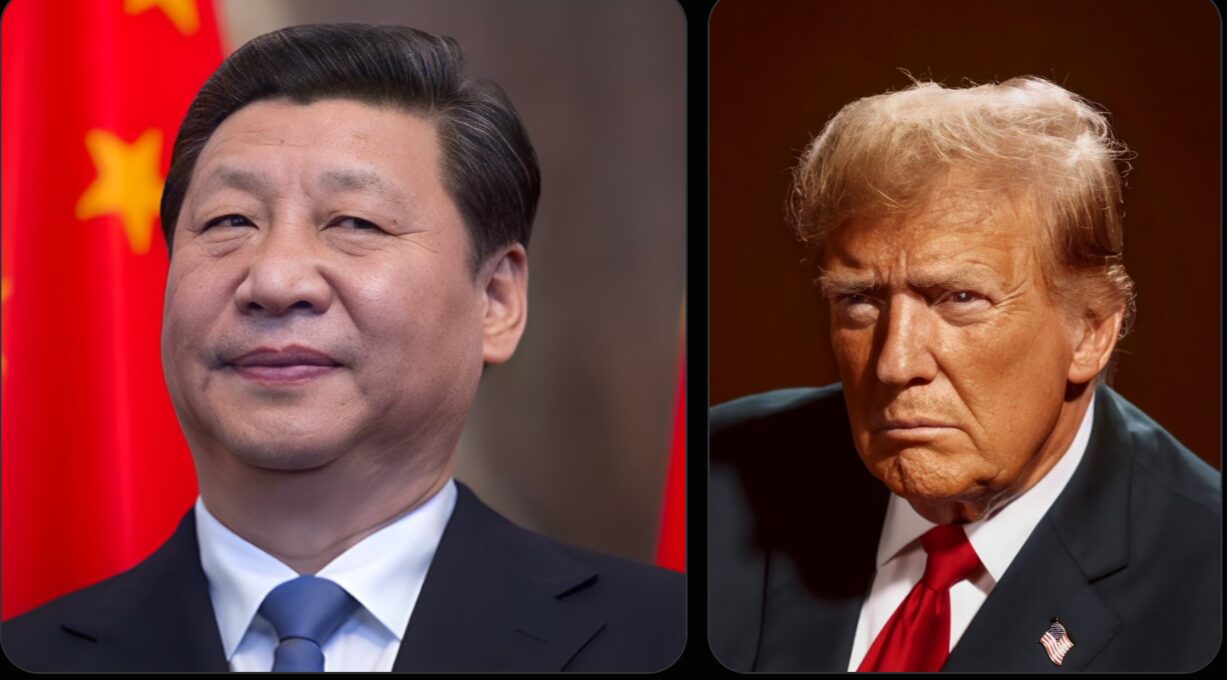
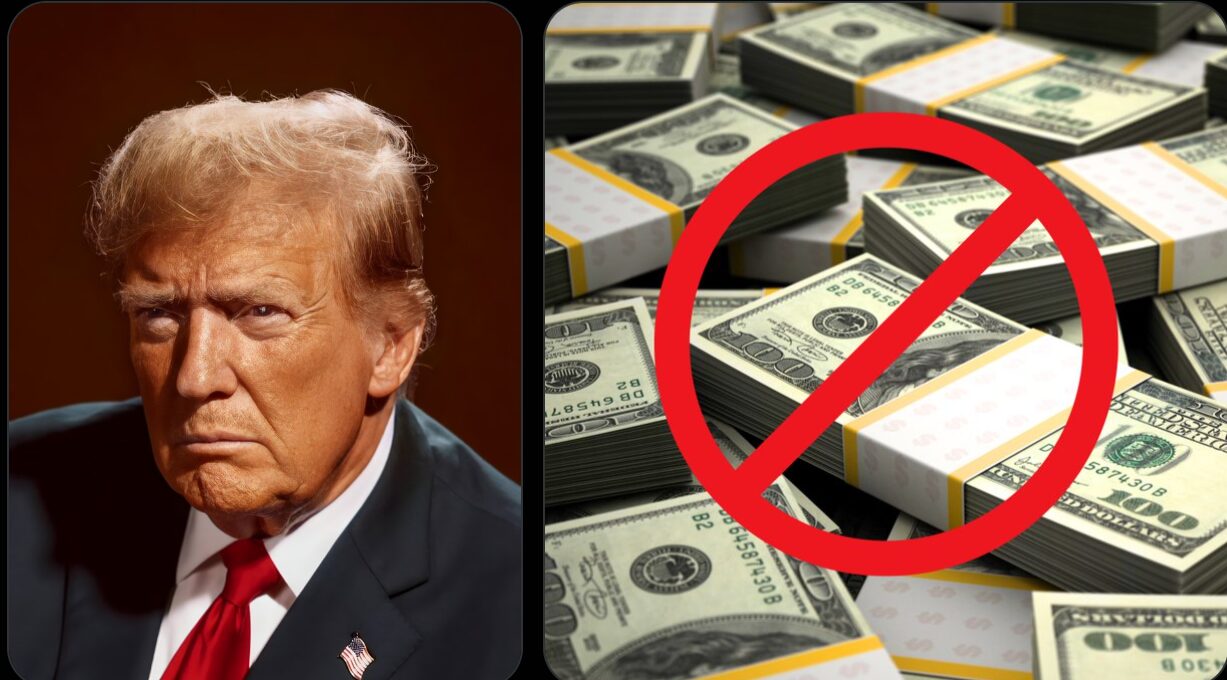


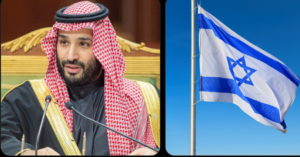

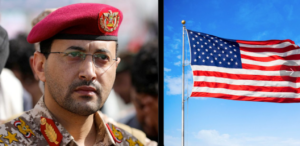

Post Comment